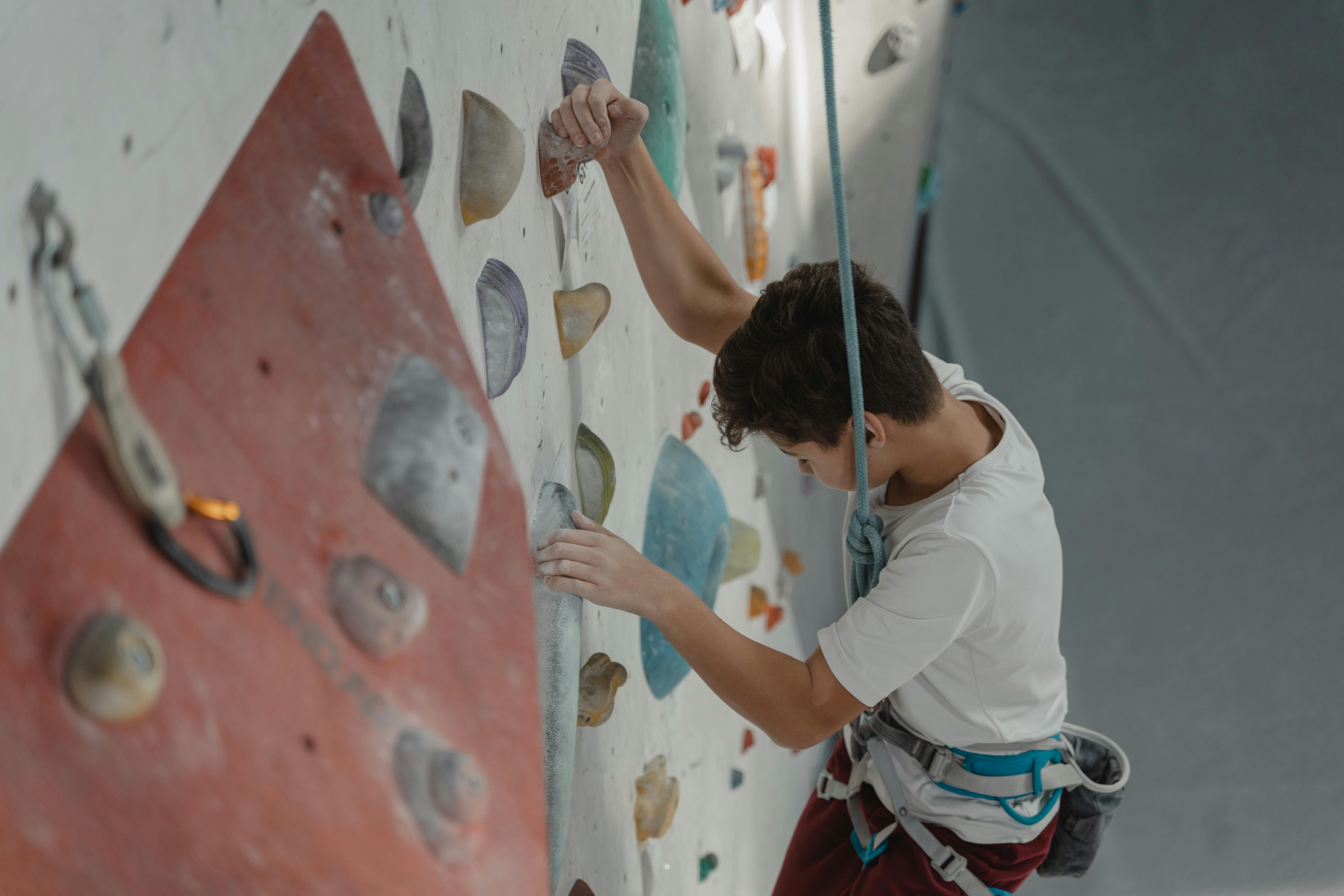
Positive expectation on the field of play
Positive Expectancy, the positive use of the Self-Fulfilling Prophecy, is the necessary condition for a positive thinking teaching/coaching model to work successfully. The leader, the parent, the coach, must have a firm and fervent belief that the process and the players will succeed and be willing to go the extra mile to ensure their success. We’re going to get what we expect, so let’s wait properly. Psychology books are full of the effects and power of Positive Expectancy. People in leadership/parenting/teaching roles expected good things to happen and they did. (There is also Negative Expectation when we expected bad things to happen and they did.) In schools and in business, we talk about halo effects and Hawthorne effects. There are real stories of teachers confusing kids’ locker numbers with IQ scores and creating good results from “slow learners” and managers changing the lighting in the workplace and workers increasing their production because they feel the bosses care about their environment.
The most famous positive expectations research with children is documented in the book Pygmalion in the Classroom. The researchers, Rosenthal and Jacobson, conducted a simple and beautiful study. In the spring of 1964, they administered a group test to several children in kindergarten and grades one through five. They informed the teachers that this was a test to determine the child’s ability to acquire new information. Without evaluating the tests and at random, they selected about 20 percent of the children and labeled them as “potential academic drivers.” Informally, in preschool workshops and in casual hallway meetings, they informed the Spurters’ teachers that these children were expected to show unusual intellectual gains in the coming year.
At the end of the year, the Spurters showed significantly greater performance growth than the unselected children. Additionally, teachers described the Spurters as having a better chance of succeeding later in life, being happier, more curious, and more interesting than the other children.
The teachers did not spend more time with the Spurters or talk to them any more. The explanation seemed to lie in the quality of the relationship between the teacher and the individual children. Somehow, through voice, touch, facial expression, and posture, the teachers communicated their expectation of success to each child who, in turn, seemed to have gained a more positive self-image and an increased expectation of success. success in learning tasks.
So let’s add this to the interpersonal communication relationship we have with our children. Let’s hope our kids do well, practice hard, handle wins and losses appropriately, and in all other phases of the game. So, we can treat our kids as people who are growing, learning, and improving by using honest, positive feedback, or we can do all that silly yelling, reducing, and downgrading stuff. It is our choice.
Oh yes, that negative expectation thing will not exist in our operation.
I cannot leave this concept without paying homage to my fellow Illinoisan, Carl Sandberg. He was able, as so many times, to put this concept into the daily lives of people like you and me. So let your wise farmer give us a lesson in expectation:
Who was that first icebreaker in Kansas? She leaned against the doorpost and studied the horizon and wondered what the corn might do next year and tried to figure out why God ever made the grasshopper and why two days of hot winds choked the life out of a bunch of wheat and why there was such a spread. between what he got for the grain and the quoted price in Chicago and New York.
He drove a newcomer in a covered wagon: “What kind of people live around here?” “Well, stranger, what kind of people were there in the country where you come from?” “Well, they were mostly a lying, lying, thieving, gossiping, backbiting bunch of people.” “Well I guess, weird, that’s the kind of people you’ll find around here.”
And the dusty gray stranger had almost blended in with the dusty gray aspens in a clump on the horizon when another newcomer arrived: “What kind of people live around here?” “Well, stranger, what kind of people were there in the country where you come from?” “Well, they were mostly decent, hard-working, law-abiding, and friendly people.” “Well I guess, weird, that’s the kind of people you’ll find around here.”
And the second wagon sped off, mingling with the dusty gray aspens on the horizon as the early riser leaned on his doorpost and tried to figure out why two days of hot winds choked the life out of a pretty clump of wheat.
Carlos Sandberg
Children have high expectations and it is the parent’s teacher, teacher and coach who helps them meet their expectations. Correct use of the power of Positive Expectation will help you on your journey.